The first thing you see when you climb out of the Rio Grande into Eagle Pass, Texas, is the homely site of the municipal golf course. Nine holes along the river expanded to eighteen via different tees, the pruned grass of the course is scuffed and torn from the hundreds of thousands of footsteps that have crossed it just this year, rubber soles that trekked from Central and South America to get to this godforsaken patch of green that signifies the US of A and everything it holds for the migrant who dreams of a new life. As welcomes go, it’s no sparkling torch of Lady Liberty. But climb up the embankment and another few streets in you’ll find the typical tranche of liquor stores and pawn shops, religious tchotchkes galore, fake flowers bright and beautiful and even plastic versions of the Statue of Liberty — stamped on the bottom, as one might expect, with the emblem: Made in China. Welcome to America, friend. Would you tired, poor, huddled masses like an all-expenses paid one-way trip to New York City? You would? Excellent. Just get on board.
Texas governor Greg Abbott, the politician who is very visibly exporting this migrant crisis from Eagle Pass to the shadows of the real Lady Liberty (made in France) is the most important Republican executive leader in the country, even if you haven’t heard much about him. There are two kinds of Texas governor, rawhide and big boardroom, and Abbott is very much the latter.
It’s late September when I’m in New York for a speech Abbott is giving at the Manhattan Institute. When he rolls onto the stage in New York City’s Yale Club, there is an audible murmur from the crowd. Abbott gives a wry smile in recognition: he’s heard this reaction before.
“I realize that many of you are meeting me and seeing me for the first time, perhaps you’ve seen me on TV before, but many of you were probably unaware that the governor of Texas is in a wheelchair,” Abbott says. “When I was twenty-six years old, I had just graduated from Vanderbilt Law School and moved to Houston, Texas, to take a job. One day I was out jogging, something I did every single day. And on this day when I was out running, a massive seventy-five-foot oak tree crashed down onto my back, fracturing my vertebrae into my spinal cord, leaving me immediately and forever paralyzed, and needing the use of the wheelchair I’m in right now.”
The crowd sighs. “I see people nodding, yes,” Abbott says. “And now you’re wondering: how slow was that guy jogging to get hit by that falling tree?”
The dark humor lands, and guests laugh above their coffee. This is Abbott’s shtick. How else could someone confront this moment, just as he’s done with the rest of his life, but with the dark humor of laughter at the tragic tale?
When Abbott made the decision in the spring of 2022 to bring the migrant crisis from the banks of the Rio Grande to the streets of coastal sanctuary cities, it was met with denunciation not just from the left but from the right as well. He was playing games with people’s lives, the line went; it was preening and uncouth, demanding these sanctuary cities that pronounced themselves so progressive on the immigration flow put up or shut up. New York City mayor Eric Adams, DC mayor Muriel Bowser and Chicago mayor Lori Lightfoot all denounced the approach — even implying that Abbott was racist in his choice of destinations. Adams claimed that the deluge of migrants was targeted at cities led by black mayors — “To Washington, black mayor. To Houston, black mayor. To Los Angeles, black mayor. To Denver, black mayor. He passed over thousands of cities to land here,” Adams said. Never mind that these are all prominent sanctuary cities, proud to be havens for migrants, until, of course, they started showing up.
Yes, there were some over-the-top examples for Abbott’s targets — in May of this year, dropping eighty migrants outside the Naval Observatory, home of Vice President Kamala Harris — but as Abbott maintains, the migrants who get on these buses want to travel to these cities.
“What’s going on in New York is not the common circumstance or what you were looking for, but what is going on in New York is calm and organized compared to the real chaos of what’s happening on the border not just every day, but every hour of every day,” Abbott said. “The rationale for the bussing began when I was talking to officials in small communities on the border. They had zero ability to deal with it, they were cities or communities not with 8 million people but 8,000 people. The busing process is totally voluntary. No one is ever put on a bus against their will. No one ever gets on a bus without identifying the location they want to go to.”
In Abbott’s telling, Mayor Adams sent a group of staffers down to the border in the El Paso sector, visiting a room full of migrants during the trip. Asking who in the room wanted to go to New York City, almost every hand went up. As political props go, the pawns seemed mighty willing. And why wouldn’t you ask for a trip to Gotham? It’s a helluva lot better than eking out an existence looking for day labor in Uvalde. In all, Abbott only claims credit for fewer than 16,000 migrants sent to New York in the past fiscal year — a little more than 10 percent of the total the city has taken in. The rest, Abbott says, are on Joe Biden.
Those migrants are housed all over the city, 61,000 of them in the shelter system spread across more than 200 sites. Abbott’s speech came the same week that 13,000 of those migrants were tagged as overstaying their welcome, under an arbitrary limit by Adams of sixty days in the shelter system. The decision is likely headed to the courts, as New York City is the only major city in America with a guaranteed “right to shelter” — the result of a forty-two-year-old class action case brought by enterprising young trial lawyers from NYU and Columbia. The plaintiff, a famed Bowery alcoholic, died on the street before his case was won. In May, Mayor Adams formally asked the state courts to suspend the rule.
Around the corner from Abbott’s speech is the Roosevelt Hotel, a ninety-nine-year-old Midtown landmark, now being used as a shelter. Migrants from Venezuela slump in chairs and sleep on the floor of the bar area. The smell is a rancid funk of body odor and stale food — the old tomato chicken stink of cheap Italian food. Since the percentage of Muslim families housed in the hotel/shelter is so high, all food must be halal. Every eye is bloodshot or bleary. The security guards at the front seem absolutely exhausted, processing one entrant after another waving papers and clutching oversized multicolor backpacks that contain everything they have. To keep prying reporters out, the hotel has blacked out windows with trash bags, unaware that bribery for entrance is the most straightforward path into any door. Everyone seems ashamed.
Since Joe Biden took office, the flow of migrants has surged to a degree that’s unprecedented in the history of the border. The border patrol agents are so outnumbered that they have resorted to measures that are banal but effective: concertina wire, buoy lines, and those infamous horse riders the White House, unfamiliar with the use of reins, falsely accused of whipping migrants. Migrant encounters at the southern border hit their all-time high in 2022 at 2.38 million. They exceeded that figure in September of this year, with three more months to go. A thing to keep in mind is that the government’s numbers, whatever they are, are the floor, not the ceiling.
The difference in the nature of this migration is notable. Gone are the days under George W. Bush and largely under Barack Obama of seasonal migration, the ebb and flow of single male migrants seeking work who wanted to escape detection as they crossed and planning to send money back home to their families from their agricultural labor. The solutions of the 2000s — guest worker laws, e-Verify and the like — were designed to handle this familiar labor- migrant challenge that had troubled the country for decades.
The current influx is completely unlike what we saw then. Instead, it is families, women and children, many of them trafficked, raped and abused along the way, who have given up all the money they have in the world to pay the Mexican cartels for passage to America. These are the people who want to be caught, who want to claim asylum and then never show up for their court date. They are not primarily from Mexico, but from Venezuela, Guatemala, Nicaragua, El Salvador — and also Iran, Syria and Afghanistan (hence the halal). The post-pandemic fallout for economies around the world, paired with the instability and suffering found under dictatorial regimes, have transformed the migrant crisis into a maelstrom of security risks. As of July, the number of border crossers on the terror watch list is 216, compared to 165 in all of 2022. Arrests included a Salvadoran man who raped a thirteen-year-old, a Colombian convicted of murder for hire in New York and more MS-13 members than you want to count. And the undercurrent running throughout this migrant crisis runs the cartel-backed stream of fentanyl that poisons Americans to the tune of 300 deaths per day.
For the White House, the consequences of their choices on border policy have put them in an impossible bind. On their left flank, the progressives for whom no migrant can be denied view any attempt at moderate steps toward control at the border as inherently Trumpian, the vestiges of an evil regime that put kids in cages. On their right, Republicans such as Abbott are effectively transporting the chaos, even in drips and drabs, to the doorstep of the sanctuary cities that once looked down on the flyover rubes for their inability to appreciate the heroic immigrant origin story. And in the center of the country, you see the tide turning against ideas the left has espoused for decades. In a nation where economic strains and inflationary pressure weighs so heavily on the average family, the idea of a right to shelter seems antiquated and ridiculous. Caring for the interests of Americans first is not so irrational after all. But the Biden team’s frame seems trapped in the dynamic of the early 2000s, unfamiliar with the threat of the new reality. When the likes of Elon Musk are heading to the border and denouncing the inhumanity of the scene, you know the criticism has expanded far beyond the bounds of “MAGA Republican” complaints about shithole countries.
Two weeks before Abbott’s Manhattan speech, ex-Republican host of The View Ana Navarro — a child of Nicaragua herself — gave her own perspective on the migrant presence in the city. “They need to be resettled elsewhere,” she said. “They need to spread out,” her colleague Sara Haines agreed. “This is a massive country!” Joy Behar found a way to blame the entire thing on global warming, which is not the reason for any of this. This is where neoliberalism gets you: an entire table of TV people who’ve seen Hamilton on Broadway twenty times apiece saying immigrants should be someone else’s problem without a second thought.
The NIMBYism of aged television hosts, especially of the Democratic variety, is a testament to the failure of Biden’s approach to this problem, an insult to ostriches with their heads in holes. The average Independent voter in America who thought they were getting normalcy and stability from old Joe now is stuck with Bidenomics and the Biden border as the twin indications of his failure — and given the dynamics of the left, even with the protestations of Mayor Adams and Joy Behar, neither is likely to change any time soon.
When you walk into Texas Boot Ranch Number 2, a nondescript boot store on the western edge of San Antonio, you get a sense of what might come next. There are no Luccheses or familiar Western brands — instead, you are greeted by boots emblazoned with the golden cock, the rooster symbol that is the signature of the Sinaloa Cartel. You can buy all your El Chapo gear here, with snapback hats emblazoned with the Mexican flag and a giant “JGL” for Joaquin Guzman Loera. There you begin to understand that the next step for the cartels is not at the border, a line drawn through river and earth as a matter of law and geography. The next step for the cartels is pushing the border north, and further north, until they run into a line they cannot cross. The question is where that line will be — and when.
This article was originally published in The Spectator’s November 2023 World edition.



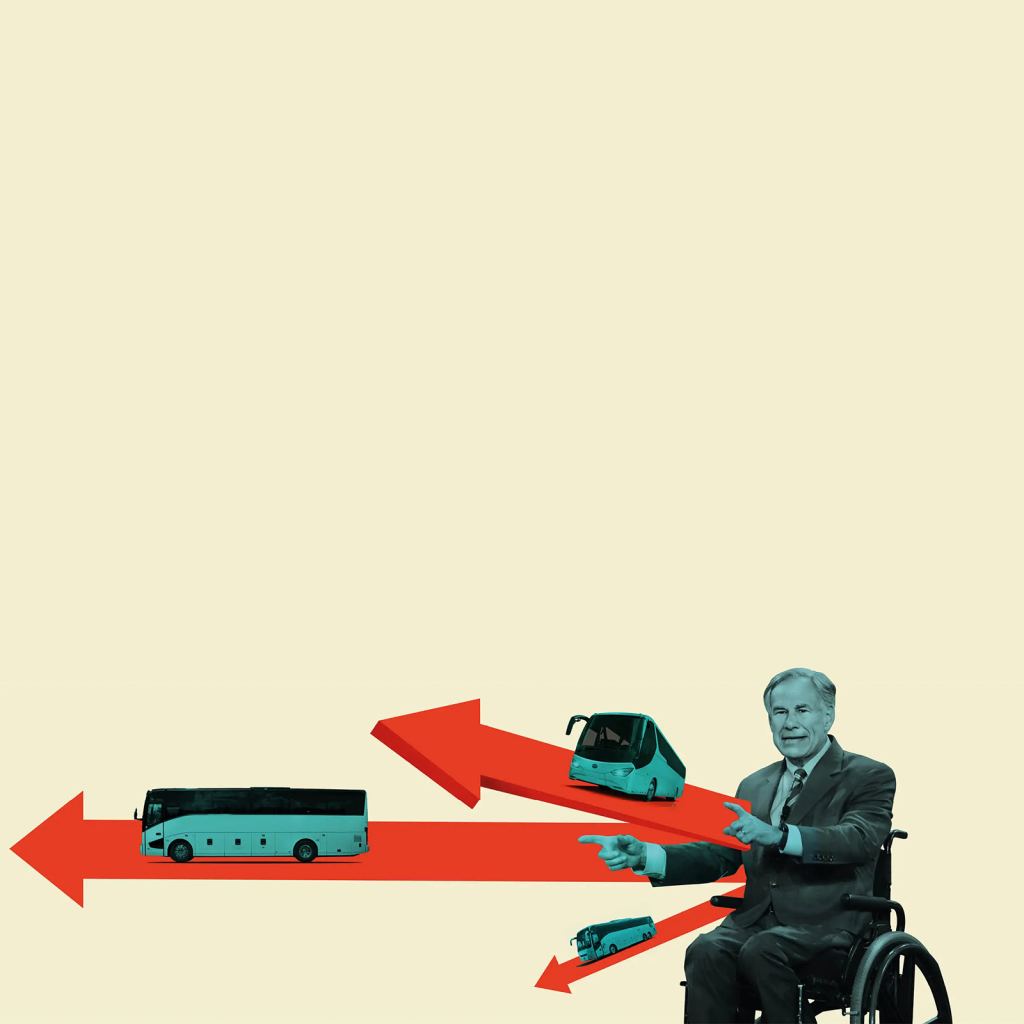







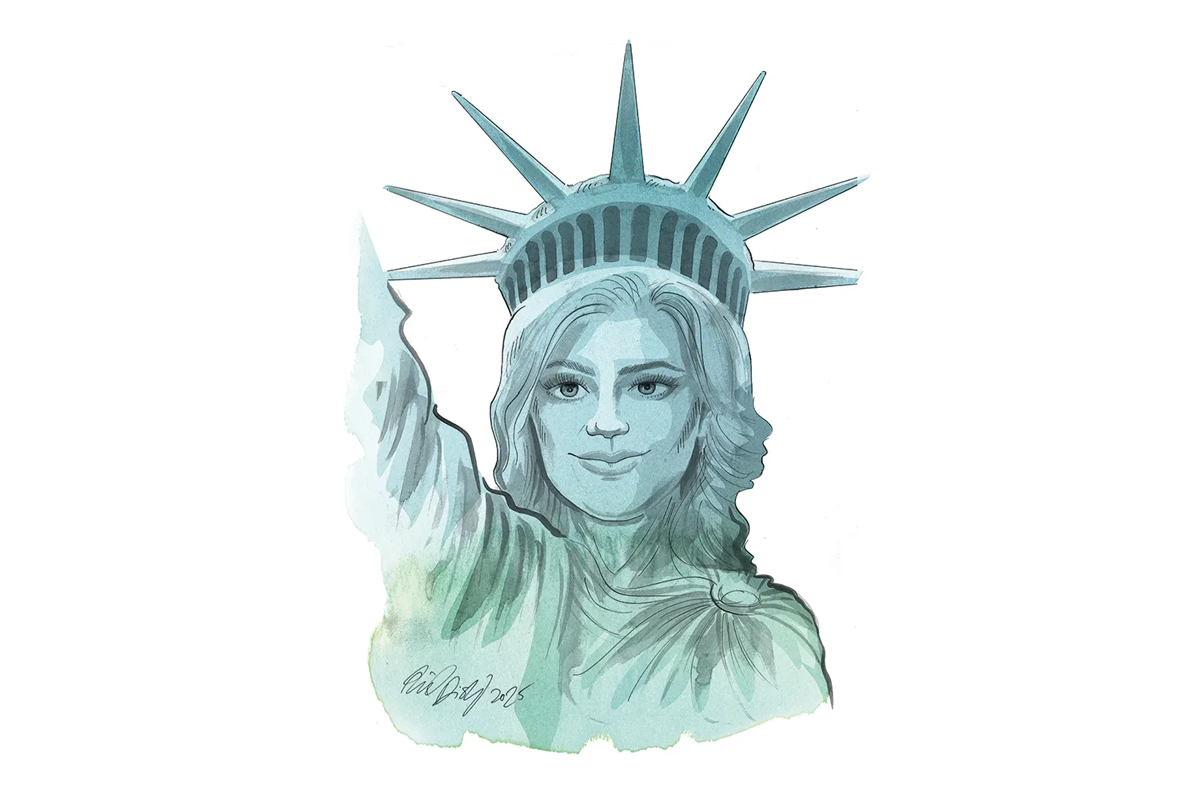
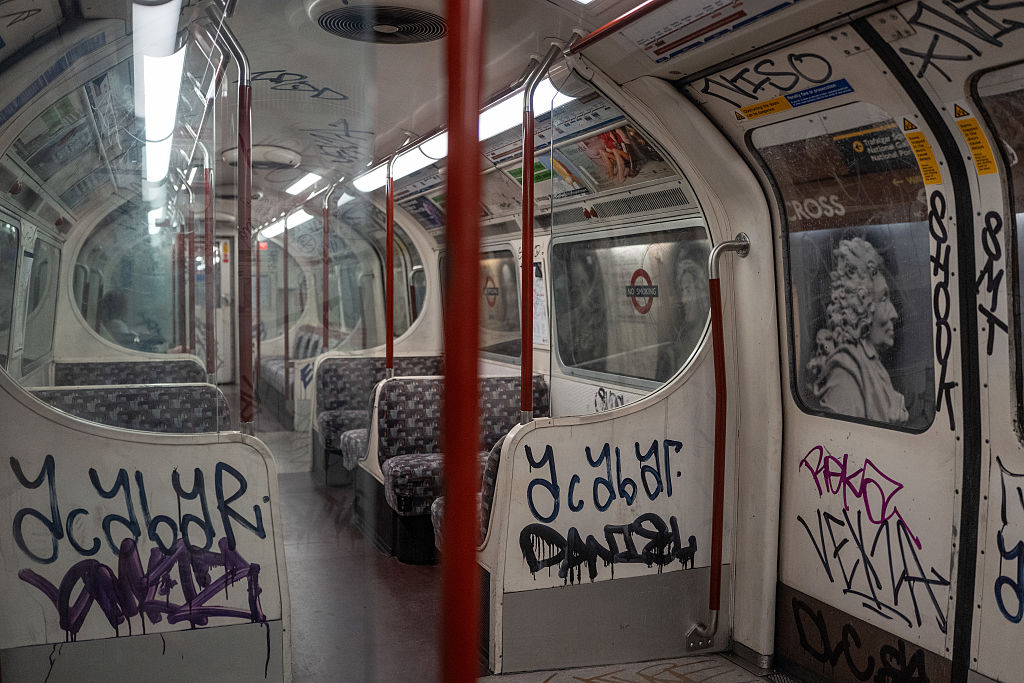
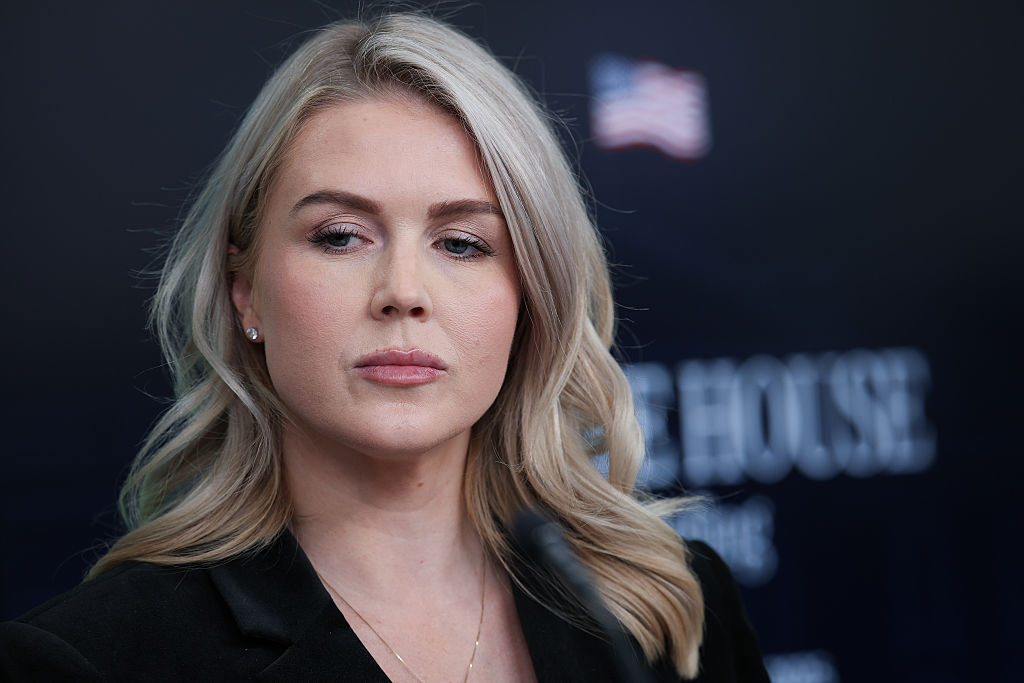
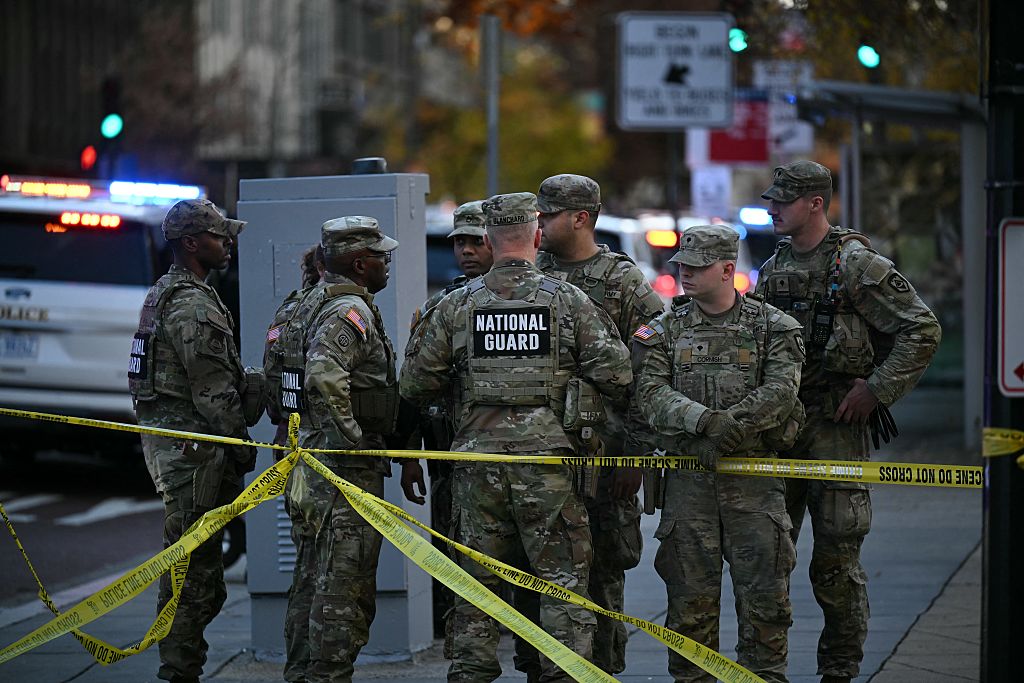








Leave a Reply